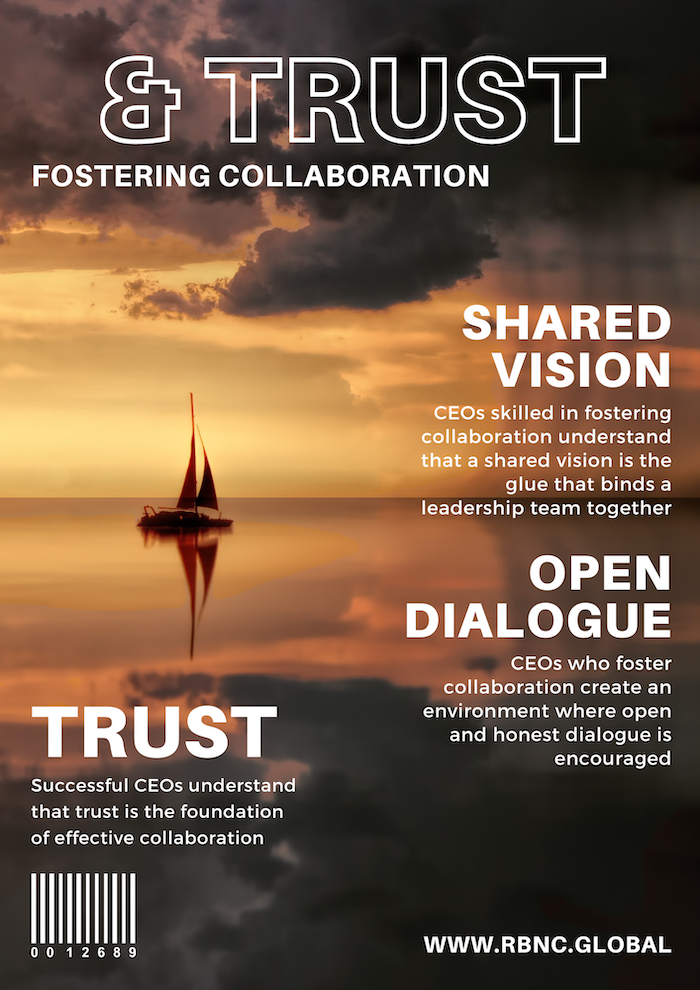Communication Excellence - The CEO Should Know
Effective communication is the backbone of a strong leadership team. CEOs who prioritize communication excellence within their team create an environment of transparency, alignment, and shared understanding that is crucial for making informed decisions and driving organizational success.
Regular Updates:
CEOs skilled in communication excellence ensure that the leadership team is consistently informed about the organization's progress, challenges, and strategic shifts.
- Scheduled Updates: Exceptional CEOs set a regular cadence for updates, such as weekly or monthly meetings, to keep the leadership team updated on key developments.
- Progress Reports: CEOs provide progress reports on strategic initiatives, outlining milestones achieved and upcoming milestones to keep the team aligned with organizational goals.
- Transparency: CEOs communicate both successes and challenges to provide a holistic view of the organization's performance.
Two-Way Communication:
CEOs who prioritize communication excellence encourage a culture of open dialogue and feedback within the leadership team.
- Listening and Acknowledgment: Exceptional CEOs actively listen to the perspectives and insights of team members. They acknowledge contributions and encourage everyone to share their thoughts.
- Questioning Culture: CEOs foster a questioning culture, where team members are encouraged to ask questions, challenge assumptions, and engage in thoughtful discussions.
- Regular Check-Ins: CEOs schedule regular one-on-one or small group check-ins with team members to address concerns, provide feedback, and ensure ongoing alignment.
Effective Presentation:
CEOs skilled in communication excellence present information in a clear, concise, and engaging manner that resonates with team members.
- Visual Aids: Exceptional CEOs use visual aids, such as charts, graphs, and presentations, to illustrate complex information and enhance understanding.
- Tailored Communication: CEOs adapt their communication style to the preferences and needs of different team members, ensuring that the message is effectively conveyed.
- Storytelling: CEOs incorporate storytelling to make messages relatable and memorable. Stories can effectively convey the rationale behind decisions and their impact on the organization.
Crisis Communication:
CEOs who prioritize communication excellence are adept at communicating during times of crisis or uncertainty.
- Transparent Updates: Exceptional CEOs provide timely and transparent updates about the situation, steps taken to address it, and the potential impact on the organization.
- Reassurance: CEOs offer reassurance and stability by articulating a clear plan to navigate the crisis. They communicate with empathy and a focus on solutions.
- Empowering Information: CEOs share information that empowers the leadership team to make informed decisions and contribute to crisis management strategies.
Conclusion:
Communication excellence is a fundamental component of effective leadership team dynamics. CEOs who prioritize regular updates, open dialogue, effective presentation, and crisis communication create a culture of transparency, collaboration, and alignment within the leadership team. By fostering a communication-rich environment, CEOs enable the leadership team to work cohesively, make informed decisions, and drive the organization toward its goals with clarity and purpose.
Back to: Chapter 3: Building a Strong Leadership Team









